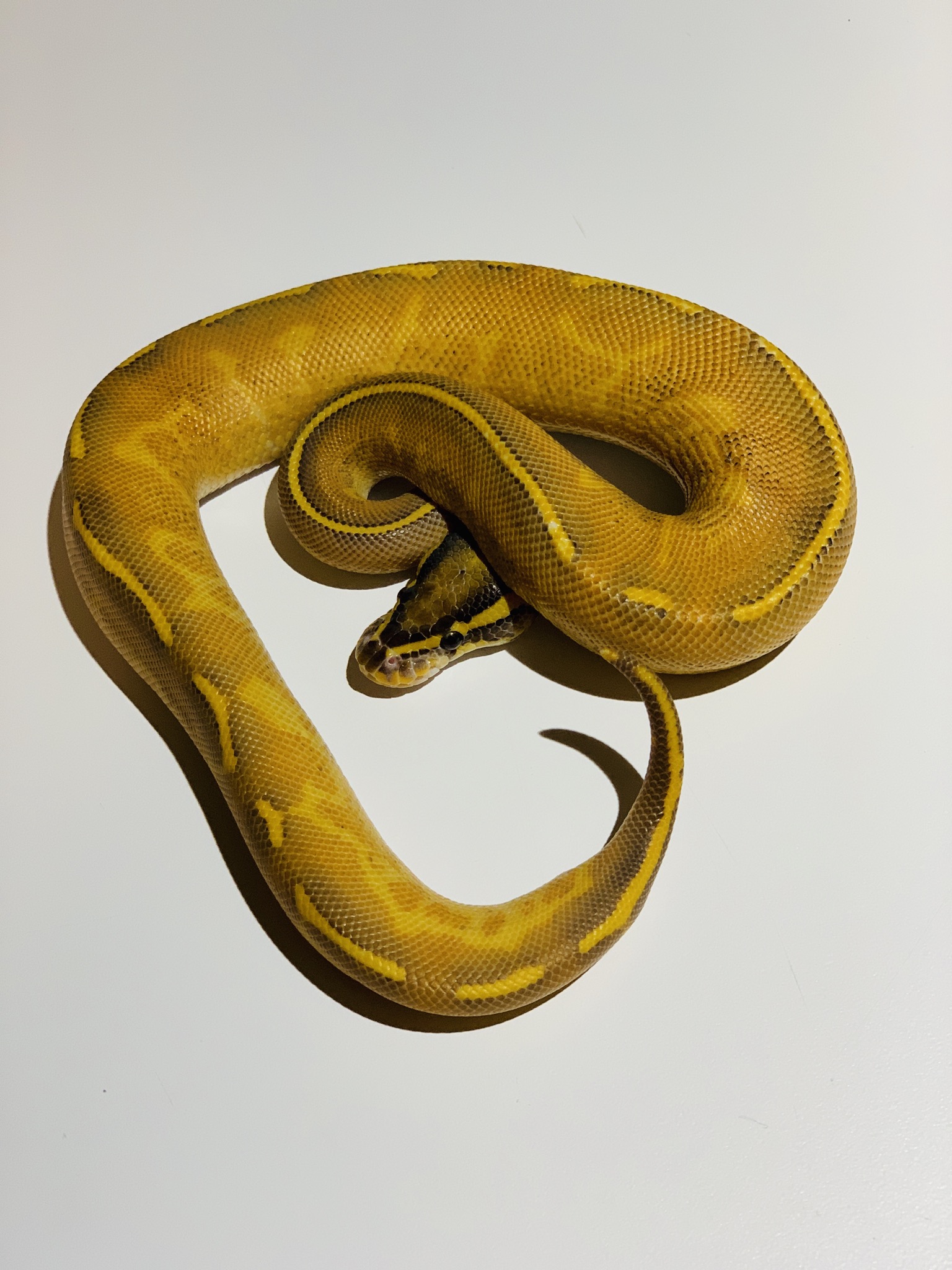
Systematic testing of autonomous vehicles can be performed in simulation or in the physical world. To guarantee that an AV is safe and to reduce costs, different scenarios must be modelled and tested.

There, however, are concerns regarding the possible consequences of such a technology, especially with regard to peoples’ safety, mechanical failures that may cause crash and the costs of such an incident. In parallel to this evolution, the processes and procedures (function requirements and regulations) established for testing AV functions have also been developed and established over the previous decades. This has opened up numerous fields of research and development that, although end up being interconnected, correspond to very diverse areas. These levels help measure how advanced the technology of a certain autonomous car is. The SAE, which is an automobile standardization agency, divided the autonomous driving capacity of a vehicle into six levels, from the most basic systems to 100% autonomous driving. However, the standard way to discuss autonomous vehicles is to talk about “self-driving levels”, as defined by the SAE (Society of Automotive Engineers).
#Webots python highway cruse software
Also known as autonomous or “driverless” cars, they combine sensors and software to control, navigate, and drive the vehicle.” For Thrun, an AV is “an unmanned vehicle that is capable of sensing its environment and navigating without human input”.
#Webots python highway cruse drivers
UCSUSA defines autonomous vehicles as follows: “Self-driving vehicles as cars or trucks in which human drivers are never required to take control to safely operate the vehicle. Rapid advances in electronics, information, and communications technology (leading to miniaturization and improvement of computers, sensors and networking performance) have given rise to the development of several autonomous vehicles (AV) technologies. Finally, the current state of regulations that are being applied in different countries around the world on issues concerning the implementation of autonomous vehicles is presented. For this purpose, the paper describes simulators for model-based development, the main game engines that can be used for simulation, simulators from the robotics field, and lastly simulators used specifically for AV.


In the second part, the main elements to be taken into account in the simulation of a perception system of an AV are presented. Furthermore, their strengths and weaknesses are shown, and the quantification of their features using spider charts will allow proper selection of different sensors depending on 11 features. The paper presents the physical fundamentals, principle functioning, and electromagnetic spectrum used to operate the most common sensors used in perception systems (ultrasonic, RADAR, LiDAR, cameras, IMU, GNSS, RTK, etc.). In the first part, perception systems are categorized as environment perception systems and positioning estimation systems. This work has been divided into three parts. This paper presents a systematic review of the perception systems and simulators for autonomous vehicles (AV).


 0 kommentar(er)
0 kommentar(er)
